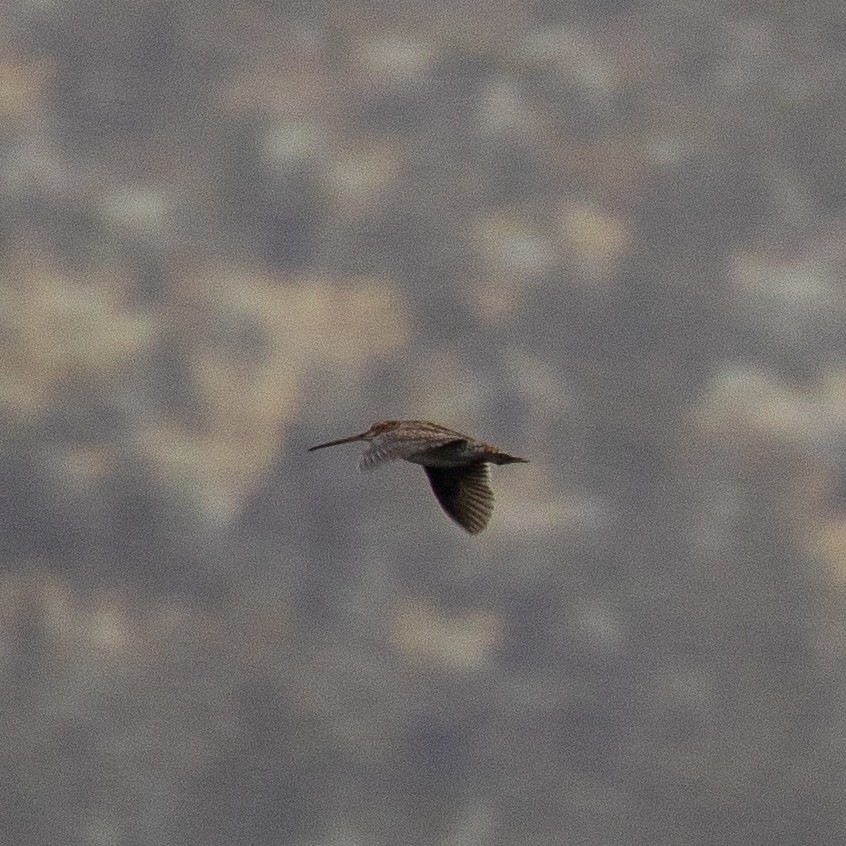Noble Snipe
A species of Typical Snipes and Woodcock-snipes Scientific name : Gallinago nobilis Genus : Typical Snipes and Woodcock-snipes
Noble Snipe, A species of Typical Snipes and Woodcock-snipes
Botanical name: Gallinago nobilis
Genus: Typical Snipes and Woodcock-snipes
Content
Description General Info
 Photo By Steve McInnis
Photo By Steve McInnis Description
This 30–32.5 cm long snipe has a stocky body and relatively short legs for a wader. Its upperparts, head and neck are streaked and patterned with dark brown and buff, and gold edges to the feathers form distinct lines down its back. The belly is white with brown barring on the flanks. The horn-coloured bill is very long and straight. The legs and feet are greyish-green. The sexes are similar, but females are longer billed; immature birds differ only in showing pale fringes on the wing coverts. The noble snipe has a clear melodious call. Andean snipe occurs within the range of noble snipe, but has broad wings, a barred belly and dark underparts. Migrant common and Magellan snipe are smaller, have more pointed wings and white trailing edged to the wings. 
Size
33 cm
Nest Placement
Ground
Feeding Habits
Noble Snipe primarily consumes invertebrates, extracted through probing with its long bill in soft muds of wetland habitats. It exhibits specific foraging behaviors that include tactile hunting, often at dawn or dusk. It possesses a highly sensitive bill, adapted to locate prey by touch.
Habitat
The noble Snipe typically inhabits montane grassy wetlands, including swamps and bogs, as well as wet savannas. These birds are also found in rushy pastures and adjacent to reedy marshes surrounding nutrient-rich lakes. Generally, they reside in areas characterized by highland grassland ecosystems, often associated with the páramo ecological zone.
Dite type
Aquatic invertebrate eater
General Info
Feeding Habits
Bird food type
Behavior
The noble snipe is found high altitude wet grassland marshes and swamps from 2,700 – 4,200 m. Little is known of its biology, but it has an aerial display, which involves flying high in circles, followed by a powerful stoop during which the bird makes a drumming sound, caused by vibrations of modified outer tail feathers, lower pitched than that of common snipe. It breeds from March to July. The noble snipe is usually alone or in pairs, but is difficult to observe on the ground. It forages by pushing its long bill deep into the mud seeking insects and worms. Its cryptic plumage provides effective camouflage when the bird stands motionless amongst marsh vegetation. 

 Photo By Steve McInnis
Photo By Steve McInnis